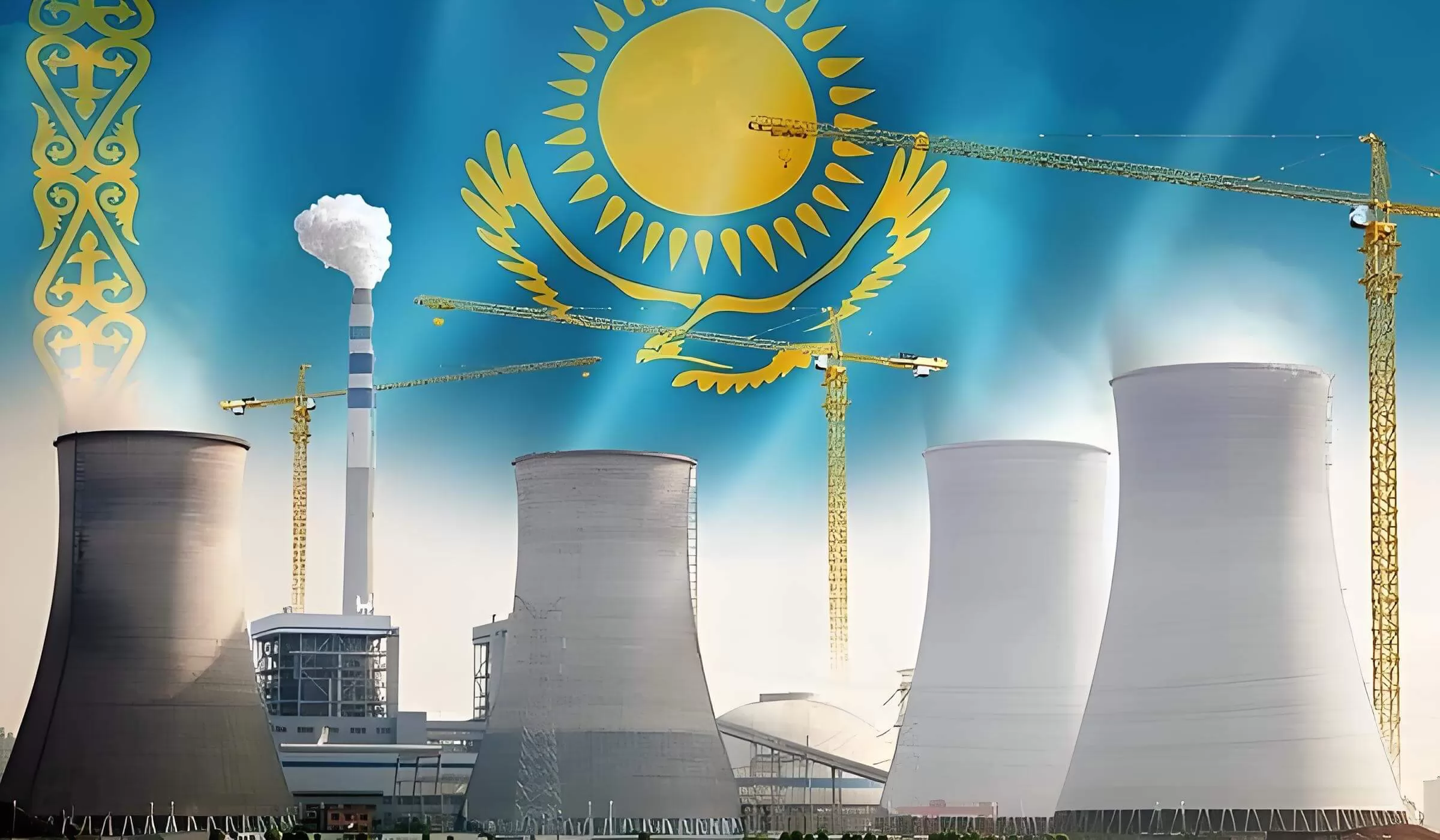

Kazakhstan, the world’s largest uranium producer, is considering nuclear power as a long-term solution to its increasing energy deficit. As electricity demand rises due to industrial growth and economic expansion, the country is exploring nuclear energy to ensure a stable and sustainable power supply.

Kazakhstan has traditionally relied on coal-fired power plants for electricity generation. However, with the growing need to transition toward cleaner and more efficient energy sources, nuclear power has emerged as a viable option. Key drivers of this shift include:
Increasing Power Consumption: Industrial development and urban expansion have led to higher electricity demand, straining existing power infrastructure.
Grid Reliability Issues: The country has experienced periodic power shortages, particularly during peak consumption periods.
Sustainability Goals: As part of its commitment to reducing carbon emissions, Kazakhstan is looking to diversify its energy mix by incorporating nuclear power.
Nuclear power plants rely on heat exchangers and pressure vessels as critical components for safe and efficient electricity generation. Given the extreme conditions in which these systems operate, they require high-performance materials with exceptional durability and corrosion resistance.
Used to transfer heat from the nuclear reactor to generate steam that drives turbines for electricity production.
Must withstand high radiation exposure, extreme temperatures, and corrosive cooling fluids (such as water or liquid sodium).
Serve as the containment structure for nuclear fuel and coolant, ensuring safe reactor operation.
Operate under high pressure and temperature, requiring materials with superior mechanical strength.
To meet these demanding conditions, nuclear facilities incorporate clad plates, which combine a strong carbon steel base with a corrosion-resistant cladding layer made of stainless steel, titanium, or nickel alloys.
Clad plates are essential in nuclear power plant construction, offering:
Corrosion and Radiation Resistance: The cladding layer protects against degradation from radiation and aggressive chemicals in cooling systems.
High Thermal Efficiency: Enhances heat transfer in exchangers while preventing material failure due to thermal stress.
Improved Structural Integrity: Increases the longevity and safety of reactor components.
One of the most effective manufacturing techniques for producing these clad plates is explosion bonding, also known as explosive bonding.
Explosion bonding is a high-energy, solid-state welding process used to permanently join two dissimilar metals without melting them. This technique is widely used in nuclear power applications due to its ability to create high-strength metallurgical bonds between materials that cannot be joined using conventional welding.
1. A layer of cladding metal (such as stainless steel or nickel alloy) is placed over a base metal (such as carbon steel).
2. A carefully controlled explosive charge is detonated above the cladding metal.
3. The shockwave accelerates the cladding material toward the base metal at extreme velocity.
4. The collision creates a wavy metallurgical bond, ensuring an ultra-strong connection.
Exceptional Bond Strength: Ensures long-term durability, even under high radiation and extreme temperatures.
No Heat-Affected Zones (HAZ): Unlike traditional welding, explosion bonding does not alter the material properties, preventing thermal degradation.
Resistance to Stress Corrosion Cracking: Essential for maintaining the safety and performance of nuclear components.
Cost Efficiency: Enables the use of expensive, corrosion-resistant materials in a thin layer, reducing overall costs without compromising performance.
As Kazakhstan explores the development of its first nuclear power plant, the integration of explosion-bonded clad plates in key infrastructure will enhance safety, efficiency, and cost-effectiveness. With heat exchangers, pressure vessels, and reactor components requiring high-performance materials, explosion bonding technology will play a crucial role in ensuring the long-term reliability of Kazakhstan’s nuclear energy sector.
By investing in nuclear power, Kazakhstan is positioning itself for a more stable, sustainable, and energy-secure future, reducing dependence on fossil fuels while leveraging its status as a leading uranium producer.
Your Best Partner for Clad Plate: Fugo Tech
Nanjing Fugo New Material Tech Co., Ltd. (Fugo Tech) is an ISO 9001 and PED 2014/68/EU certified manufacturer specializing in Clad Material (Explosive Clad Plates & Rolled Clad Plate, Clad Bar & Clad Transition Joints) and Titanium, Nickel Alloy, and Stainless Steel products (Pipe/Fitting/Flange/Fastener)which are widely used in the Heat Exchanger,Pressure Vessel,Reactor,Column,Tower, and other process equipment.
Fugo Tech offers a wide range of materials, including Titanium, Nickel Alloy, Copper, Cu-Ni, and stainless steel, along with custom processing services (Tube Sheet drilling, Dish Head forming, and Overlay Welding) for Oil & Gas, Chemical, Petrochemical, Chemical, Energy, Paper & Pulp, Marine, Shipbuilding, Environment, Metallurgy, and New energy vehicles, with a strong focus on high-performance Clad Plate & Titanium & Nickel Alloy & Stainless Steel solutions.
For any new requirement, please contact: sales@fugo-tech.com



Fugo Tech is focused on the manufacturing of clad metal plate and distributes the Stainless Steel, Titanium, Nickel Alloy, Zirconium and other non-ferrous metal pipes, fittings, flanges, and fasteners.